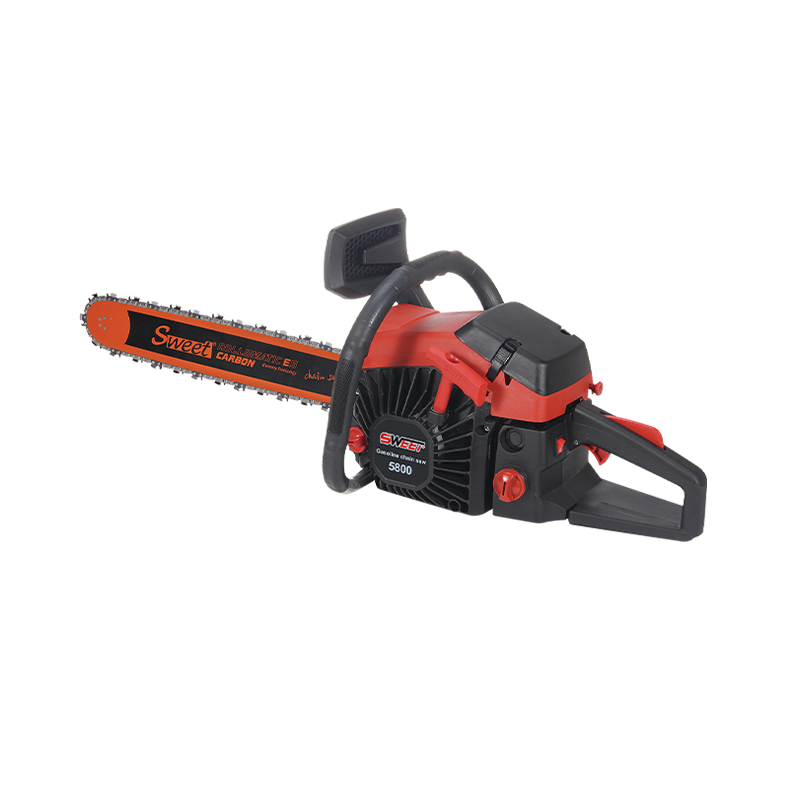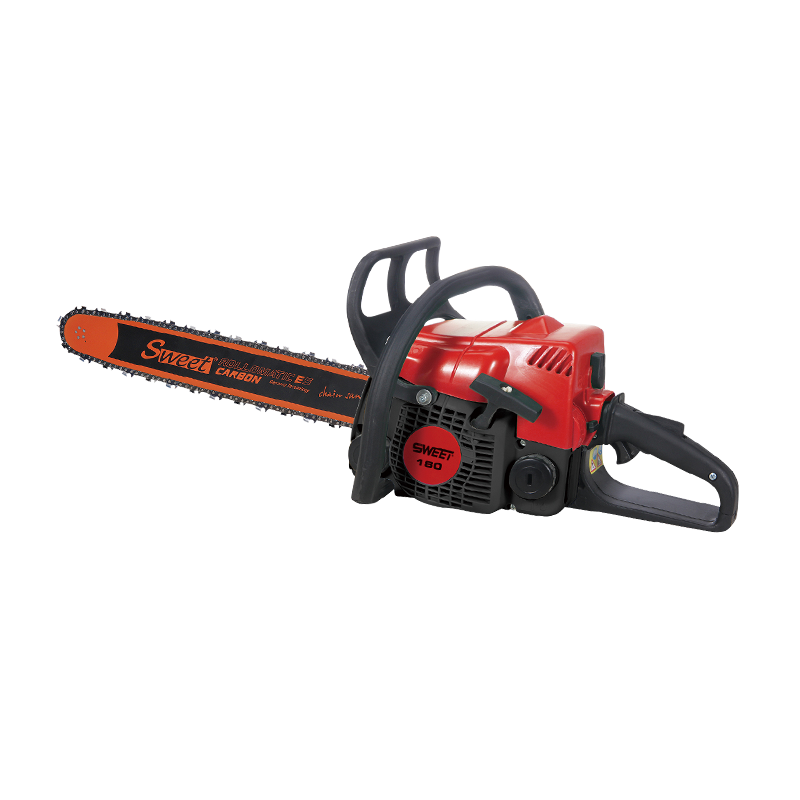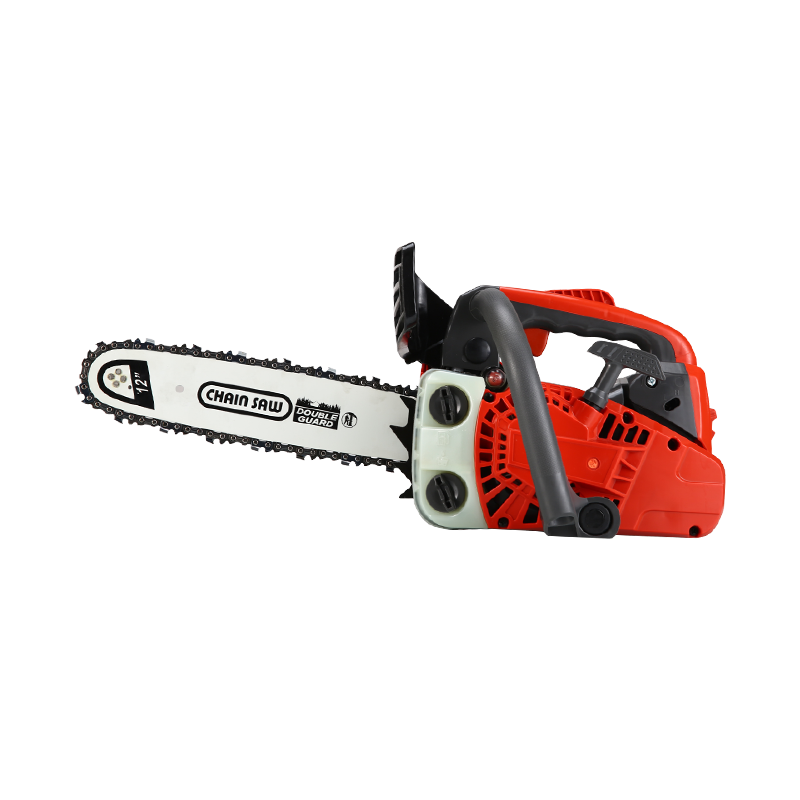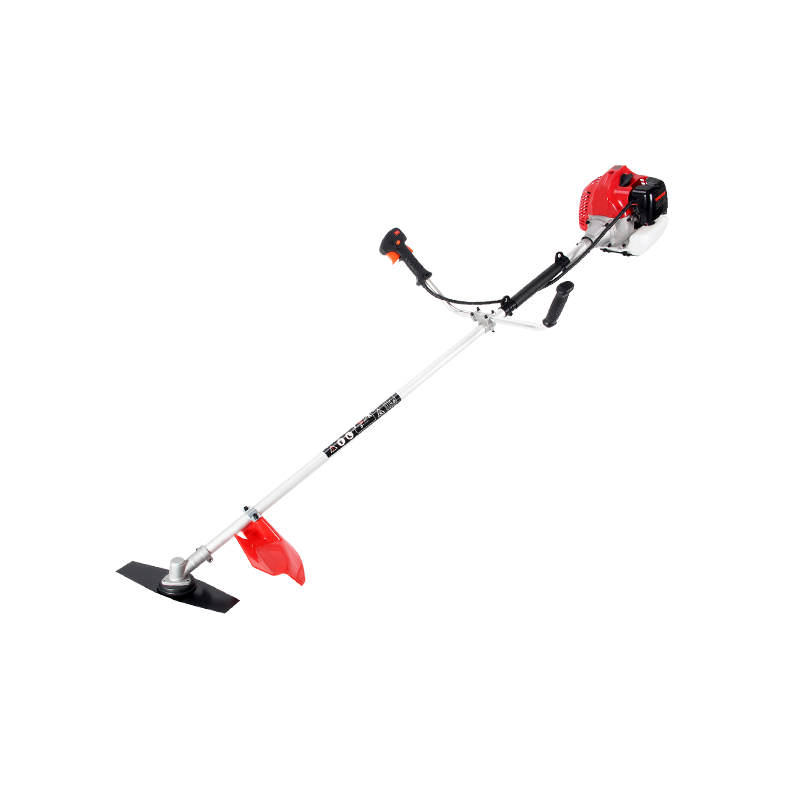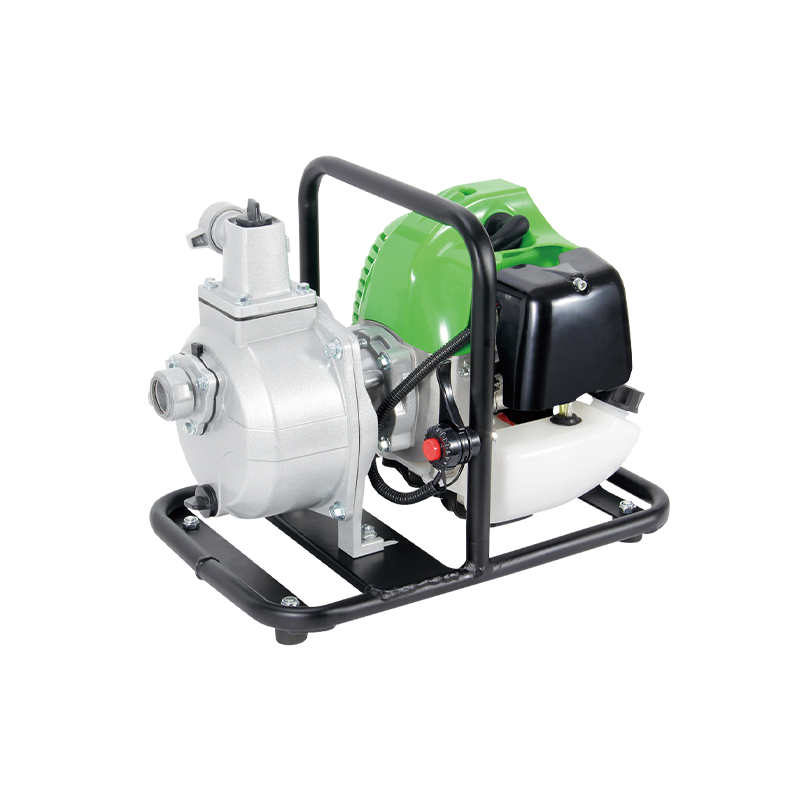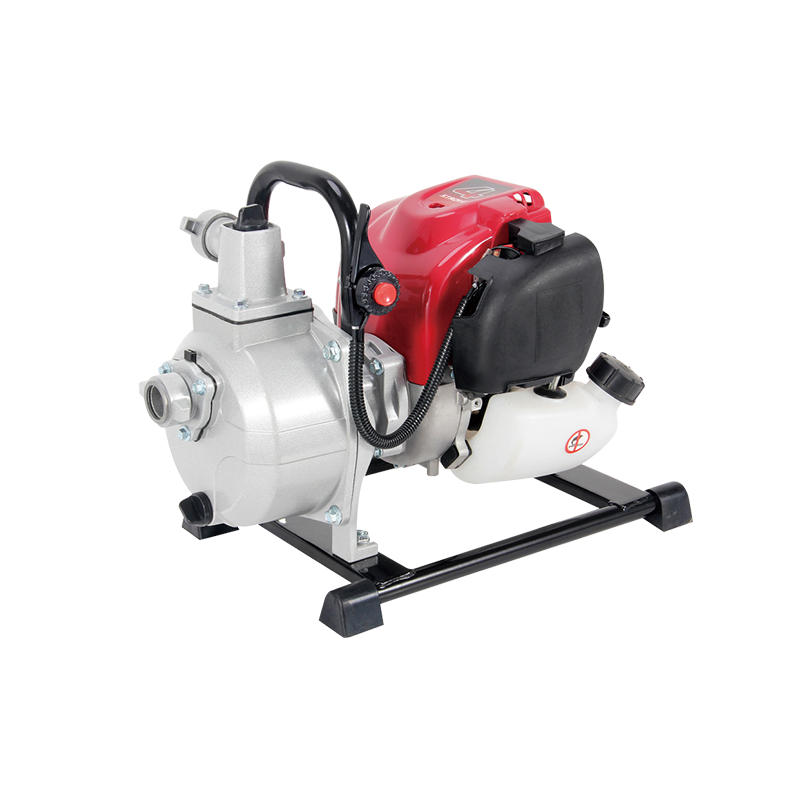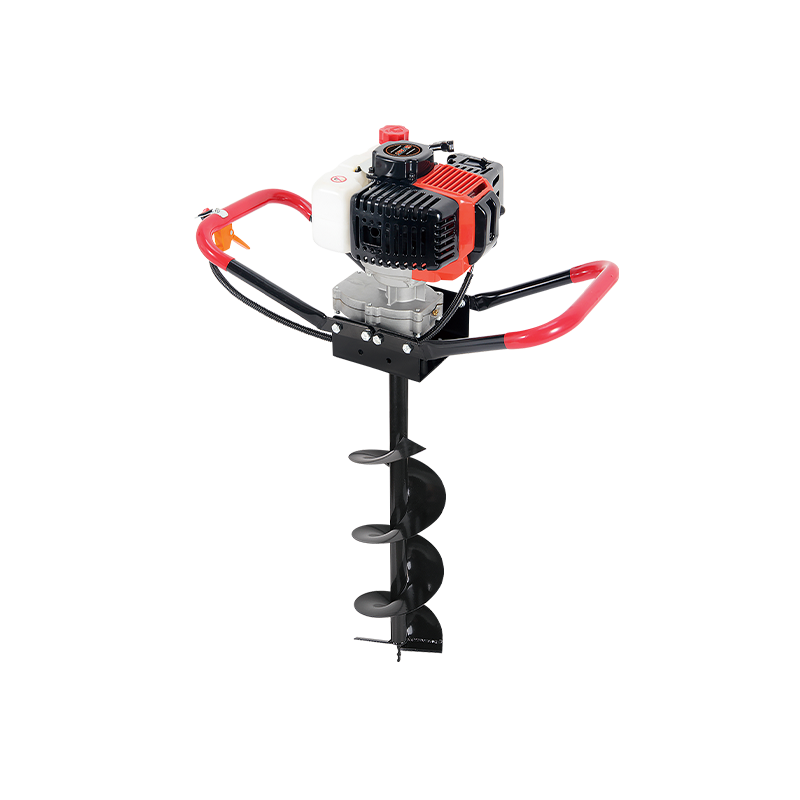Chain saws have long been a cornerstone tool across various heavy-duty applications, evolving from simple manual cutters to sophisticated, high-performance machines tailored to meet the diverse demands of industrial, construction, and forestry work. Their unmatched cutting speed, versatility, and portability make them indispensable for tasks ranging from tree felling and timber processing to demolition and heavy material cutting. As technology advances and industries push for greater productivity and safety, chain saws continue to innovate, reinforcing their pivotal role across multiple sectors.
The Backbone of Forestry Operations
Forestry is perhaps the traditional and widespread field for chain saw usage. Modern forestry chain saws are designed for rugged durability, enabling loggers and forest workers to fell trees, delimb branches, and section logs with precision and speed.
High Power and Reliability
Forestry-grade chain saws typically feature powerful two-stroke gasoline engines or increasingly, battery-electric motors, delivering the torque needed to slice through dense hardwoods and large trunks. The reliability of these saws in harsh outdoor conditions is critical, as downtime can significantly impact logging operations.
Ergonomic Design for Operator Comfort
Continuous improvements in ergonomics have led to chain saws that reduce operator fatigue. Anti-vibration systems, balanced weight distribution, and enhanced handle designs allow forestry workers to operate longer with reduced strain, improving both safety and productivity.
Precision Cutting
The sharp, durable chains used in forestry saws enable clean, efficient cuts that minimize damage to timber, preserving wood quality and yield. This precision is especially vital in sustainable forestry, where selective logging and environmental impact are priorities.
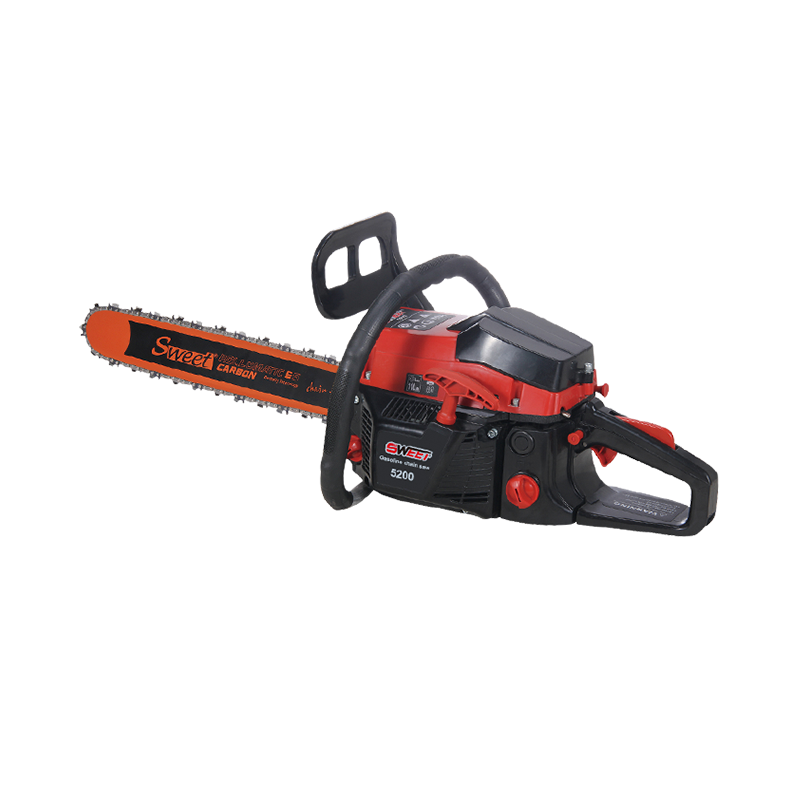
Construction and Demolition
Chain saws have become essential tools in construction for cutting through wood, metal, concrete, and even stone materials. Their portability and power allow workers to quickly make precise cuts, facilitating everything from framing and roofing to renovation and demolition.
Concrete and Masonry Cutting
Specialized chain saws equipped with diamond-tipped chains can cut through reinforced concrete and masonry walls, providing contractors with an efficient alternative to traditional saws and grinders. This capability accelerates tasks such as creating openings for doors and windows or removing damaged sections of structures.
Metal Cutting
With the right chain and blade design, chain saws can also handle certain metal cutting tasks, including steel beams or rebar. This versatility makes them valuable for demolition crews needing rapid dismantling capabilities on job sites.
Precision in Renovation
In remodeling projects, chain saws facilitate delicate cuts in wood framing and paneling without causing extensive collateral damage. This precision supports faster project turnaround and reduces material waste.
Industrial Applications: Beyond Wood Cutting
Industries such as manufacturing, shipbuilding, and pipeline maintenance have also integrated chain saws into their workflows, recognizing the tool’s adaptability for cutting diverse materials.
Manufacturing and Shipbuilding
Heavy industries require robust cutting tools for trimming, shaping, and dismantling metal and composite components. Chain saws with reinforced chains and specialized lubricants handle these challenging environments with ease.
Pipeline and Utility Maintenance
Chain saws aid in clearing right-of-way paths, cutting through roots, brush, and trees that obstruct utility lines. Their ability to operate in remote locations and varying conditions is vital for maintaining infrastructure efficiency and safety.
Technological Innovations Driving the Industry Forward
The chain saw industry is witnessing significant innovations focused on improving performance, environmental impact, and user safety:
Electric and Battery-Powered Chain Saws
Advances in battery technology have led to electric chain saws with comparable power to gas models but with lower noise, zero emissions, and reduced maintenance requirements. These eco-friendly options are gaining traction, especially in urban construction sites and regulated forestry areas.
Smart Safety Features
Modern chain saws integrate safety mechanisms such as chain brakes, kickback reduction systems, and automatic oilers that enhance operator protection and tool longevity. Some models feature sensors that monitor usage patterns to predict maintenance needs.
Lightweight and Ergonomic Materials
Use of carbon fiber and advanced polymers in housing and handles has reduced overall weight, improving maneuverability without compromising durability.


 English
English русский
русский Español
Español عربى
عربى